What Number Is Gold On A Metal Detector ?
Gold is typically detected at a range of frequencies on a metal detector, depending on the specific model and settings. It is commonly detected in the range of 18 kHz to 71 kHz, although some detectors can go higher or lower. The exact number on the metal detector's display will vary based on the specific device and its calibration.
1、 Conductivity of Gold in Metal Detectors
The conductivity of gold in metal detectors is a crucial factor that determines its detectability. Gold is known for its excellent electrical conductivity, which makes it relatively easy to detect using metal detectors. However, it is important to note that the exact number at which gold is detected on a metal detector can vary depending on various factors.
Metal detectors work by generating an electromagnetic field and measuring the changes in that field when it encounters a conductive material. When gold comes into contact with the electromagnetic field, it disrupts the field and creates a detectable signal. The sensitivity of a metal detector determines how small of a change in the electromagnetic field it can detect.
The conductivity of gold is approximately 22.14 million siemens per meter (S/m). This high conductivity allows metal detectors to detect gold at relatively low concentrations. However, the specific number at which gold is detected on a metal detector can vary depending on factors such as the size and shape of the gold object, the type of metal detector being used, and the surrounding environment.
It is worth noting that advancements in metal detector technology have led to increased sensitivity and accuracy in detecting gold. Modern metal detectors are designed to detect even smaller concentrations of gold, making them more effective in various applications such as gold prospecting, treasure hunting, and archaeological excavations.
In conclusion, the conductivity of gold in metal detectors is high, allowing for its relatively easy detection. However, the exact number at which gold is detected can vary depending on several factors. Advancements in metal detector technology continue to improve the sensitivity and accuracy of detecting gold, making it an essential tool for various industries and hobbies.

2、 Gold's Electromagnetic Response in Metal Detection
The question of what number gold is on a metal detector is not as straightforward as it may seem. The detection of gold by a metal detector depends on various factors, including the type of metal detector being used, the size and purity of the gold object, and the surrounding soil conditions.
Metal detectors work by generating an electromagnetic field and detecting changes in that field caused by the presence of metal objects. Different metals have different electromagnetic responses, which are typically represented by a numerical scale on the metal detector.
Gold, being a non-ferrous metal, does not have a strong magnetic response like iron or steel. Therefore, it is generally assigned a lower number on the metal detector's scale. However, the exact number can vary depending on the specific metal detector model and its settings.
In recent years, advancements in metal detection technology have led to the development of specialized gold detectors. These detectors are designed to specifically target gold and are more sensitive to its electromagnetic response. They often have a higher numerical range for gold detection compared to general-purpose metal detectors.
It is important to note that the numerical scale on a metal detector is not an absolute measure of the metal's properties. It is merely a relative indication of the metal's electromagnetic response. Therefore, it is always recommended to refer to the manufacturer's instructions and guidelines for the specific metal detector being used to determine the optimal settings for gold detection.
In conclusion, the number assigned to gold on a metal detector's scale can vary depending on the detector model and settings. Specialized gold detectors may have a higher numerical range for gold detection. It is essential to consult the manufacturer's instructions for accurate information on detecting gold with a metal detector.
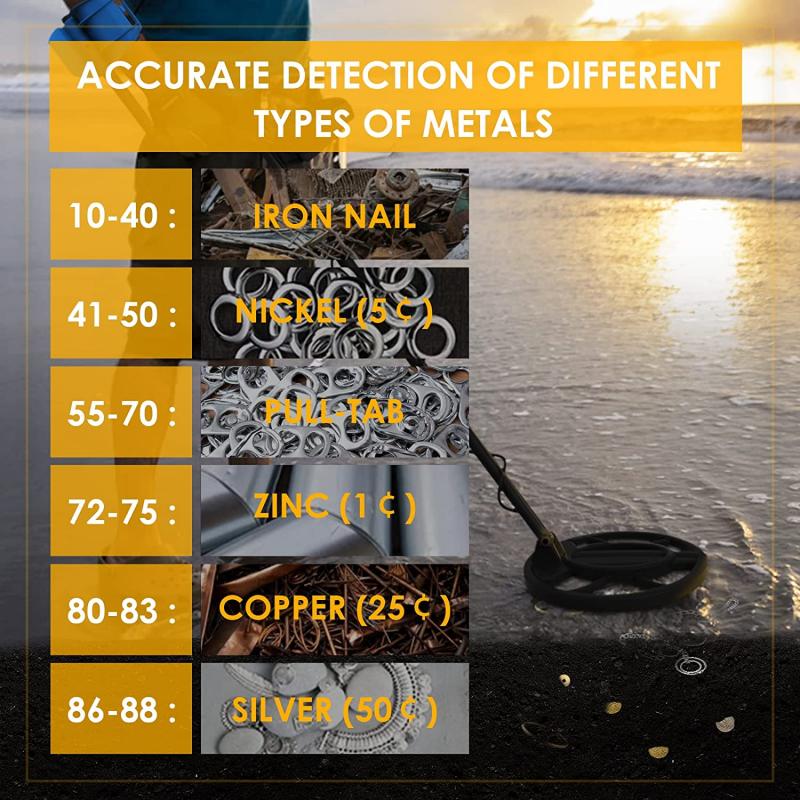
3、 Sensitivity of Metal Detectors to Gold
The sensitivity of metal detectors to gold can vary depending on several factors. Gold is a non-ferrous metal, meaning it does not contain iron and is not magnetic. Therefore, metal detectors that rely on magnetic fields to detect metals may not be as sensitive to gold compared to other metals like iron or steel.
However, modern metal detectors are equipped with advanced technologies that can enhance their sensitivity to gold. These detectors use different methods to detect gold, such as pulse induction or frequency-based systems. Pulse induction detectors are known for their ability to detect metals in highly mineralized soils, making them suitable for gold prospecting in areas with high mineral content.
The sensitivity of metal detectors to gold also depends on the size and purity of the gold object. Larger gold objects are generally easier to detect compared to smaller ones. Similarly, gold with higher purity levels, such as 24 karat gold, is more easily detected than gold alloys with lower purity levels.
It is important to note that metal detectors are not specifically designed to detect gold alone. They are designed to detect a wide range of metals, including gold, silver, copper, and other valuable metals. Therefore, the sensitivity of a metal detector to gold can vary depending on its design, technology, and settings.
In conclusion, the exact number at which gold is detected on a metal detector can vary depending on various factors. However, modern metal detectors equipped with advanced technologies can be highly sensitive to gold, especially when used in appropriate settings and with the right techniques.

4、 Discrimination Capabilities for Gold in Metal Detectors
The discrimination capabilities for gold in metal detectors vary depending on the specific model and technology used. Gold is a highly conductive metal, which means that it can be easily detected by most metal detectors. However, the challenge lies in distinguishing gold signals from other metals that may also have similar conductivity levels.
Metal detectors equipped with advanced discrimination capabilities can help differentiate between different types of metals, including gold. These detectors use various techniques such as target identification, conductivity measurements, and signal processing algorithms to analyze the characteristics of the detected metal objects.
One common method used in discrimination is called target identification or target ID. This feature assigns a numerical value or category to the detected metal object based on its conductivity and other factors. Gold typically falls within a specific range on the target ID scale, allowing users to identify it among other metals.
Another approach is conductivity measurements. Gold has a unique electrical conductivity compared to other metals, and metal detectors can measure this conductivity to determine if the target is likely to be gold. However, it is important to note that the conductivity of gold can vary depending on its purity and alloy composition, which can affect the accuracy of discrimination.
Signal processing algorithms also play a crucial role in discrimination capabilities. These algorithms analyze the received signals from the metal detector and apply pattern recognition techniques to differentiate between different types of metals. Manufacturers continuously improve these algorithms to enhance the discrimination capabilities of their metal detectors.
It is worth mentioning that discrimination capabilities for gold in metal detectors have significantly improved over the years. However, no metal detector can provide 100% accuracy in discriminating gold from other metals. Factors such as target size, depth, and environmental conditions can also affect the detection and discrimination performance.
In conclusion, metal detectors with discrimination capabilities can help identify gold among other metals. These capabilities rely on target identification, conductivity measurements, and signal processing algorithms. While advancements have been made, it is important to understand that no metal detector can provide perfect discrimination, and the accuracy may vary depending on various factors.
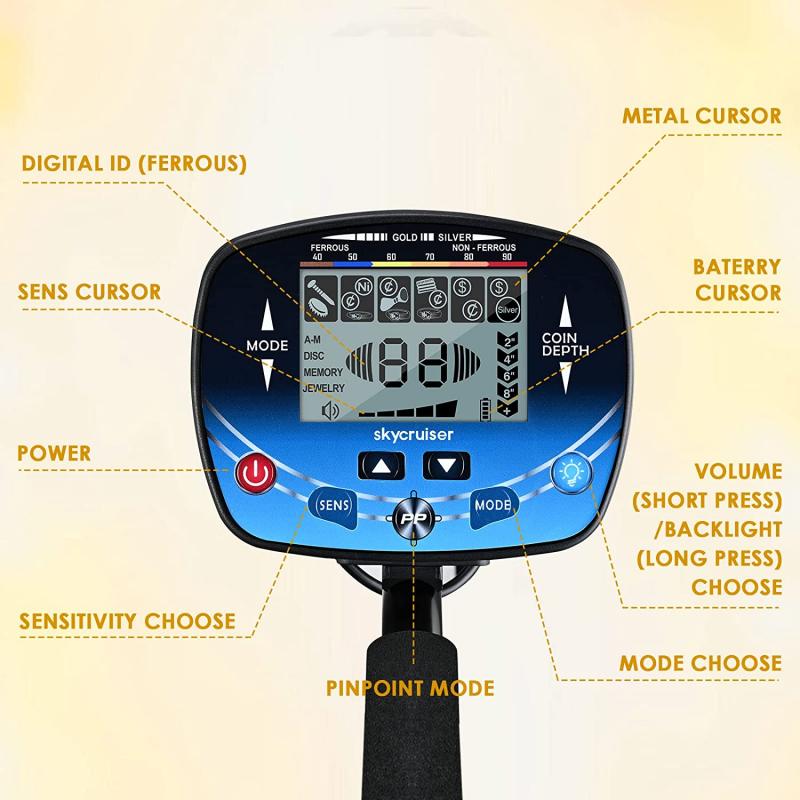



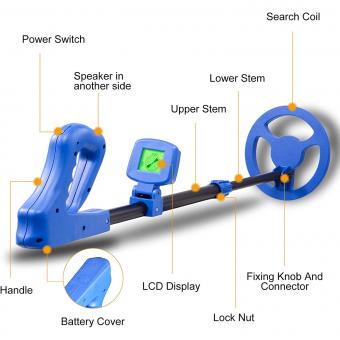







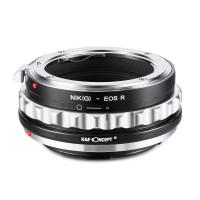
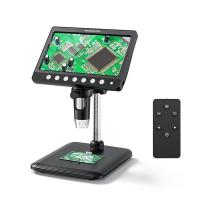
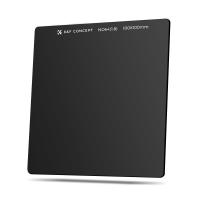








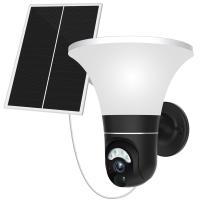
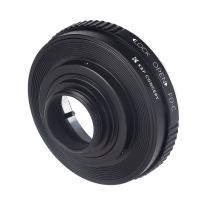
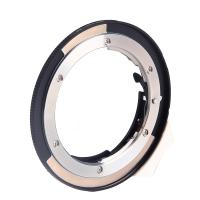

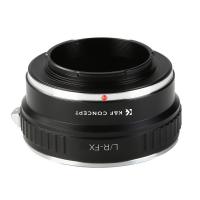

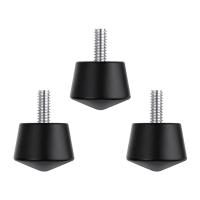

There are no comments for this blog.